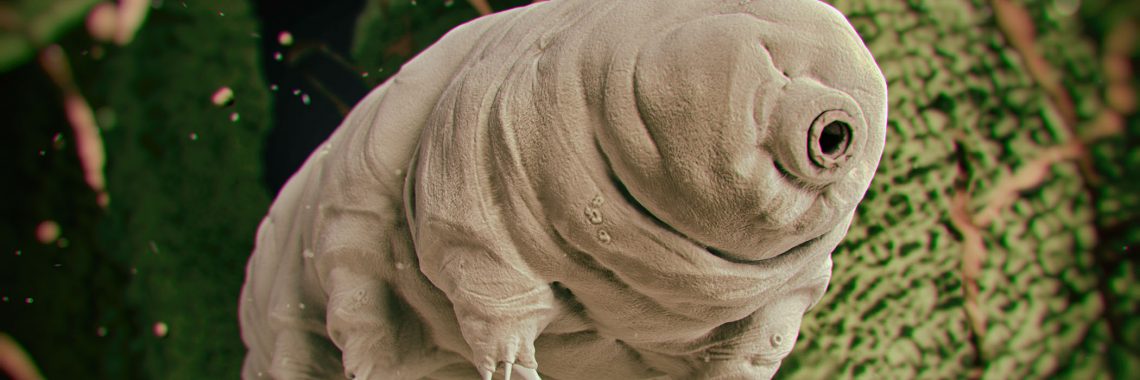Tiny creatures from University of Wyoming laboratories hitched a ride in a freezer on SpaceX CRS-22 and were delivered to the International Space Station, where they await to show off their strength.
Tardigrades or “water bears” have been the subject of study for UW molecular biologist Thomas Boothby and his team.

On July 13, the tardigrades will begin to undergo experiments so researchers can better understand changes to their gene expression as they experience stressful environments in space.
“The ultimate goal for the project isn’t just to understand how tardigrades survive in space, but to take that knowledge and apply it to human health,” said Boothby.
By examining the tardigrades, researchers may be able to see if there are certain tricks or certain molecules created to help them survive in space, which can help develop therapies or countermeasures to safeguard astronauts out on long-term space flight missions, shared Boothby.
“Being in space can be extremely stressful for organisms, like humans, that evolved here on Earth,” he said. “When astronauts go up in space, they are confronted with a number of really stressful environmental parameters.”
One is the lack of gravity, which can cause harm to the body, shared Boothby.
Additionally, when astronauts are in space they are no longer in Earth’s protective atmosphere and can be exposed to harmful radiation, he explained.
“Microgravity and radiation make being in space really stressful,” said Boothby.
Previous studies show tardigrades are extremely stress tolerant. They can survive days or weeks without oxygen, being completely dried out, being frozen just above absolute zero (about -485 degrees F, when all molecular motion stops), heated more than 300 degrees F, irradiated several thousand times beyond what a human could withstand and survive the vacuum of space.
“With this experiment, we are trying to understand how these tiny little animals are able to survive these really stressful conditions of space,” he said. “They seem to do really well, and they are still able to reproduce and go about their normal lives and live over multiple generations in space.”
Researchers are going to look at the changes in gene expression as they are exposed to this environment. All living things have DNA, which is like a blueprint that tells their cells what to do, and in under different conditions different parts of the DNA is activated or turned off, shared Boothby.
“Here on Earth, we are going take basically a snapshot of what the tardigrade DNA usage looks like, what portions of it are they activating to survive on Earth,” he said. “Then in space we have two groups. One group we will take another snapshot of what they are using right after we thaw them out so they will only be in space active for a short amount of time. The second group will grow and reproduce on the space station for two months.”
The tardigrades on the space station will be “fixed” using a chemical that will preserve their gene expression profiles, shared Boothby.
“Once they are delivered back to us on Earth, we can study the preserved molecules inside the animals to get an idea of what genes they had activated,” he said.
Tardigrades reproduce quickly and will be able to go through four generations during those two months, shared Boothby.
“We will be looking at the fourth generation of these animals grown in space and take a look at their DNA gene expression and see what they are using,” said Boothby. “Our suspicion is the longer they are in space, the more they will be exposed to microgravity and radiation, and they may need to activate different parts of their DNA to cope with that mounting stress.”





